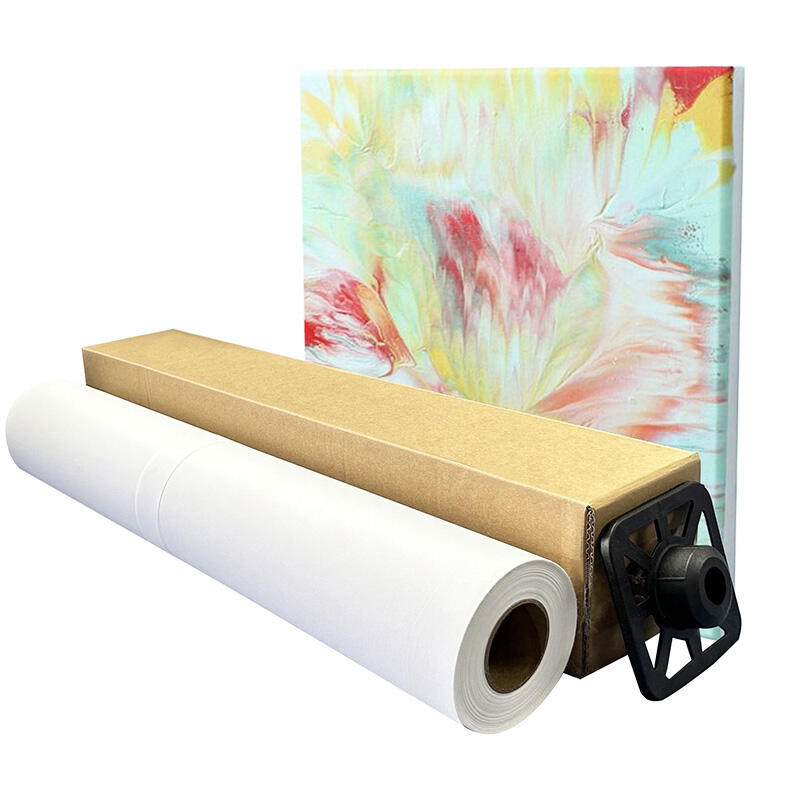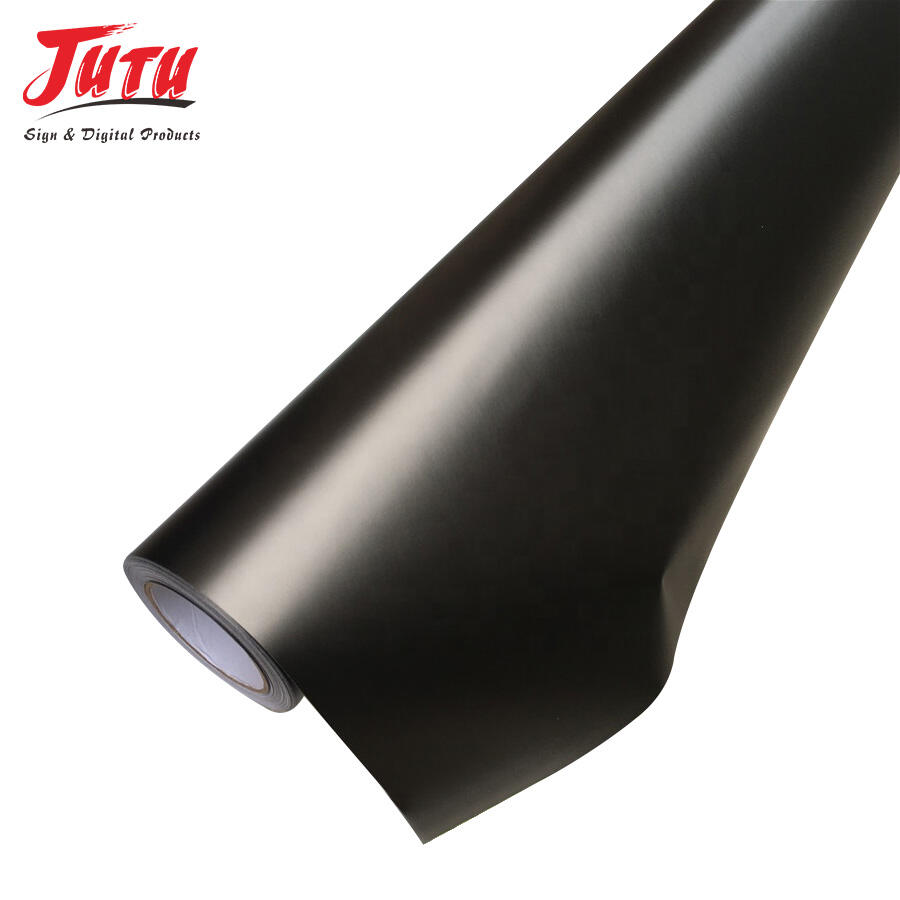Cotton canvas has become an increasingly popular choice for DIY enthusiasts seeking durable, versatile materials for their creative projects. Whether you're crafting home décor pieces, creating custom artwork, or designing functional items, selecting the right cotton canvas can make the difference between a professional-looking finished product and a disappointing outcome. Understanding the various factors that influence canvas quality will help you make informed decisions that align with your project requirements and budget constraints.

Understanding Cotton Canvas Fundamentals
Fabric Weight and Density Considerations
The weight of cotton canvas, typically measured in ounces per square yard, serves as a primary indicator of its durability and suitability for different applications. Lightweight canvas ranging from 6 to 10 ounces works well for painting projects, temporary displays, and lightweight decorative applications. Medium-weight options between 10 to 14 ounces provide excellent versatility for most DIY projects, offering sufficient durability without being overly stiff or difficult to work with.
Heavy-duty canvas weighing 15 ounces or more excels in demanding applications such as outdoor banners, heavy-duty bags, and upholstery projects. The density of the weave also impacts performance, with tighter weaves providing better paint absorption and smoother surface finishes. When working with mixed media projects that might incorporate both traditional materials and modern alternatives like decorative vinyl, understanding these weight classifications becomes particularly important for achieving cohesive results.
Weave Patterns and Surface Textures
Cotton canvas comes in various weave patterns, each offering distinct advantages for different project types. Plain weave canvas provides a uniform surface ideal for detailed artwork and precise applications. The balanced structure of plain weave creates consistent tension across the fabric, reducing the likelihood of distortion during stretching or mounting processes.
Duck weave canvas features a tighter, more durable construction that resists tearing and provides excellent longevity for functional items. This weave pattern particularly suits projects requiring frequent handling or exposure to stress. The surface texture of your chosen canvas will significantly impact paint application, adhesion properties, and overall visual appearance of completed projects.
Quality Assessment Techniques
Fiber Composition and Purity
Premium cotton canvas consists of 100% cotton fibers without synthetic blends or fillers that might compromise performance. High-quality cotton exhibits consistent fiber length and minimal impurities, resulting in smoother paint application and better color retention over time. When examining potential canvas options, look for fabrics with uniform color and texture, avoiding those with visible knots, thin spots, or irregular weaving patterns.
The origin and processing methods of cotton fibers also influence quality. Canvas made from long-staple cotton typically provides superior strength and durability compared to short-staple alternatives. Pre-shrunk cotton canvas eliminates dimensional changes after washing or exposure to humidity, ensuring project stability throughout its lifespan.
Surface Preparation and Priming
Many cotton canvas products come pre-primed with gesso or other preparatory coatings designed to improve paint adhesion and prevent absorption into the fibers. Quality priming creates a smooth, uniform surface that enhances color vibrancy and allows for easier blending techniques. Examine primed surfaces for evenness and absence of brush marks or texture irregularities.
Unprimed canvas offers greater flexibility for custom preparation methods but requires additional time and materials to achieve optimal results. Consider your project timeline and skill level when choosing between pre-primed and raw canvas options. Professional-grade primers typically provide superior performance compared to basic commercial preparations.
Project-Specific Selection Criteria
Indoor versus Outdoor Applications
Projects intended for outdoor use demand canvas with enhanced weather resistance and UV stability. Look for treatments or coatings that protect against moisture, fading, and temperature fluctuations. Canvas designed for outdoor applications often features tighter weaves and heavier weights to withstand environmental stresses.
Indoor projects allow for greater flexibility in canvas selection, focusing more on aesthetic qualities and workability rather than weather resistance. Consider the intended display environment, including exposure to direct sunlight, humidity levels, and potential contact with moisture or cleaning agents.
Paint Compatibility and Medium Requirements
Different paint types interact uniquely with cotton canvas surfaces, influencing both application ease and final results. Acrylic paints generally work well with most canvas types, providing good adhesion and color stability. Oil-based paints require properly prepared surfaces to prevent deterioration of cotton fibers over time.
Water-based media need canvas with appropriate absorbency characteristics to prevent excessive bleeding or uneven application. Mixed media projects combining traditional paints with modern materials like decorative vinyl require careful consideration of surface compatibility and adhesion properties. Test small samples when working with unfamiliar paint and canvas combinations.
Budget and Value Optimization
Cost-Effective Quality Strategies
Purchasing cotton canvas in larger quantities often provides significant cost savings, making it economical to buy rolls or bulk sheets even for smaller immediate projects. Consider forming buying groups with other DIY enthusiasts or artists to access wholesale pricing on premium materials.
Evaluate the total cost of ownership, including any additional preparation materials, primers, or protective treatments required. Sometimes paying more initially for pre-prepared, high-quality canvas proves more economical than purchasing cheaper options that require extensive additional processing.
Long-term Investment Considerations
Quality cotton canvas can last for decades with proper care, making it worthwhile to invest in superior materials for important or permanent projects. Consider the intended lifespan of your creation and select canvas quality accordingly. Archival-quality options provide maximum longevity but may not be necessary for temporary or practice projects.
Factor in the time investment required for your project when evaluating canvas options. Premium materials often work more easily and predictably, reducing frustration and rework that can occur with inferior products. This efficiency gain can justify higher initial costs, especially for complex or time-sensitive projects.
Storage and Handling Best Practices
Proper Storage Conditions
Cotton canvas requires careful storage to maintain quality and prevent deterioration. Keep canvas in cool, dry environments with stable temperature and humidity levels. Avoid areas prone to temperature fluctuations, direct sunlight, or moisture exposure that could cause warping, mold, or fiber degradation.
Roll canvas loosely around large-diameter tubes to prevent creasing and stress concentration. For sheet storage, lay pieces flat with acid-free tissue paper between layers. Proper storage extends canvas life and ensures optimal performance when you're ready to begin your projects.
Preparation and Cutting Techniques
Allow canvas to acclimate to your workspace environment before cutting or stretching. This adjustment period helps prevent dimensional changes during project execution. Use sharp, clean cutting tools to achieve precise edges without fraying or distortion.
Mark cutting lines lightly with pencil or chalk, ensuring easy removal after cutting. Consider grain direction when planning cuts, as canvas strength and stretch characteristics vary depending on fiber orientation. Proper preparation techniques set the foundation for successful project outcomes.
FAQ
What weight cotton canvas should I choose for acrylic painting projects
For most acrylic painting projects, medium-weight cotton canvas between 10-12 ounces provides an excellent balance of durability and workability. This weight offers sufficient strength to handle stretching and mounting while remaining flexible enough for detailed brushwork. Heavier canvases may be unnecessarily stiff for casual painting, while lighter options might not provide adequate support for layered techniques or impasto applications.
How can I determine if cotton canvas is properly primed
Well-primed cotton canvas should have a smooth, uniform surface without visible fabric texture bleeding through. The primer should appear evenly distributed without patches, streaks, or glossy areas that indicate improper application. Test a small corner by applying a small amount of paint – properly primed canvas will allow smooth application without excessive absorption or beading. Quality priming also prevents the canvas from feeling overly stiff or brittle when flexed gently.
Can I use the same cotton canvas for both traditional and modern decorative techniques
Yes, quality cotton canvas serves as an excellent base for mixed media projects combining traditional painting with modern decorative elements like vinyl applications or digital transfers. The key is selecting canvas with appropriate surface preparation and weight for your specific combination of techniques. Ensure the primer or surface treatment is compatible with all materials you plan to use, and consider testing compatibility on sample pieces before beginning your main project.
What are the signs of poor-quality cotton canvas that I should avoid
Avoid cotton canvas with visible knots, thin spots, or irregular weaving patterns that create weak points. Poor-quality canvas often exhibits inconsistent thickness, loose threads, or areas where the weave pattern appears distorted. Additionally, canvas with chemical odors, excessive lint production, or colors that appear uneven or artificially bright may indicate inferior processing or synthetic content that could affect project longevity and performance.

